Hardness test method for seamless steel pipe
Seamless steel pipes are generally measured by three hardness indicators: Brinell, Rockwell and Vickers.
1. Brinell hardness
In the standard for seamless steel pipes, Brinell hardness is the most widely used, and the hardness of the material is often expressed by the indentation diameter, which is both intuitive and convenient. However, it is not applicable to steel pipes made of harder or thinner steel.
2. Rockwell hardness
The Rockwell hardness test for seamless steel pipes is the same as the Brinell hardness test, which is an indentation test method. The difference is that it measures the depth of the indentation. The Rockwell hardness test is currently a widely used method, among which HRC is second only to the Brinell hardness HB in the use of steel pipe standards. Rockwell hardness can be used to measure metal materials from extremely soft to extremely hard. It makes up for the shortcomings of the Brinell method. It is simpler than the Brinell method and the hardness value can be read directly from the dial of the hardness machine. However, due to its small indentation, the hardness value is not as accurate as the Brinell method.
3. Vickers hardness
The Vickers hardness test of seamless steel pipe is also an indentation test method, which can be used to measure the hardness of very thin metal materials and surface layers. It has the main advantages of Brinell and Rockwell methods, and overcomes their basic disadvantages, but it is not as simple as Rockwell method. The Vickers method is rarely used in steel pipe standards.
Seamless steel pipe hardness test method
The hardness test of stainless steel should take into account its mechanical properties, which is related to the performance and quality of deformation, stamping, cutting and other processing with stainless steel as raw material. Therefore, all seamless steel pipes must be tested for mechanical properties. Mechanical property test methods are mainly divided into two categories, one is tensile test and the other is hardness test.
The tensile test is to make a seamless steel pipe into a specimen, pull the specimen to break on a tensile testing machine, and then measure one or several mechanical properties, usually only tensile strength, yield strength, elongation after fracture and cross-sectional shrinkage. Tensile test is the most basic mechanical property test method for metal materials. Almost all metal materials, as long as there are requirements for mechanical properties, have tensile tests specified. Especially for materials whose shapes are not convenient for hardness testing, tensile testing becomes the only means of mechanical property testing.
Hardness testing is to slowly press a hard indenter into the surface of the sample under specified conditions, and then test the depth or size of the indentation to determine the hardness of the material. Hardness testing is the simplest, fastest and easiest method to implement in material mechanical property testing. Hardness testing is non-destructive, and there is an approximate conversion relationship between the hardness value of the material and the tensile strength value. The hardness value of the material can be converted into the tensile strength value, which has great practical significance.
Because tensile testing is not convenient for testing, and it is very convenient to convert from hardness to strength, more and more people only test the hardness of the material and less test its strength. In particular, due to the continuous advancement and innovation of hardness tester manufacturing technology, some materials that could not be directly tested for hardness, such as seamless steel pipes, stainless steel plates and stainless steel strips, can now be directly tested for hardness. Therefore, there is a trend that hardness testing gradually replaces tensile testing.
Most of the national standards for stainless steel materials stipulate both tensile testing and hardness testing. For materials that are not convenient for hardness testing, such as seamless steel pipes, only tensile tests are specified. In stainless steel standards, three hardness test methods are generally specified, namely, Burkhard, Rockwell and Vickers hardness test methods, to measure HB, HRB (or HRC) and HV hardness values, and only one of the three hardness values is specified. In particular, our company's latest portable surface Rockwell hardness tester and pipe Rockwell hardness tester can quickly and accurately test the hardness of stainless steel plates and stainless steel strips as thin as 0.05mm and seamless steel pipes as thin as 4.8mm, solving the problems that were difficult to solve in China in the past.
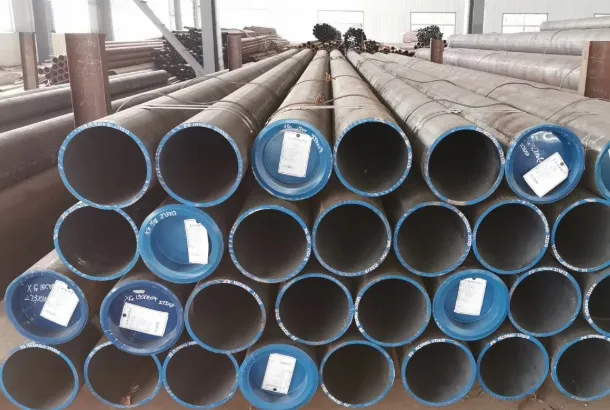
For annealed seamless steel pipes with an inner diameter of more than 6.0mm and a wall thickness of less than 13mm, the W-B75 Webster hardness tester can be used. It is very fast and simple to test, and is suitable for rapid and non-destructive qualified inspection of seamless steel pipes. Seamless steel pipes with an inner diameter greater than 30mm and a wall thickness greater than 1.2mm are tested with a Rockwell hardness tester for HRB and HRC hardness. For seamless steel pipes with an inner diameter greater than 30mm and a wall thickness less than 1.2mm, a surface Rockwell hardness tester is used to test the HRT or HRN hardness. For seamless steel pipes with an inner diameter less than 0mm and greater than 4.8mm, a special Rockwell hardness tester for pipes is used to test the HR15T hardness. When the inner diameter of the seamless steel pipe is greater than 26mm, the hardness of the inner wall of the pipe can also be tested with a Rockwell or surface Rockwell hardness tester.
Seamless pipe inspection scope: Tunnel seamless steel pipe, galvanized seamless steel pipe, cold drawn seamless steel pipe, stainless steel seamless steel pipe, hot rolled seamless steel pipe, alloy seamless steel pipe, hot rolled seamless steel pipe, large diameter wall thickness seamless steel pipe, continuous rolling seamless steel pipe, etc. Seamless pipe inspection items: Ultrasonic testing, non-destructive testing, weld testing, elongation, pressure testing, raw material testing, galvanized layer testing, eddy current testing, mechanical properties, magnetic particle testing, yield strength, material testing, hardness testing, corrosion resistance, metallographic analysis, etc.






 English
English Español
Español بالعربية
بالعربية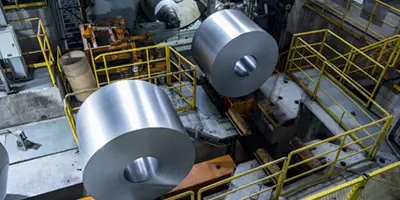


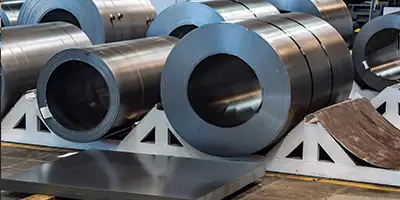

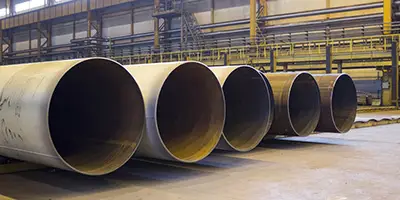


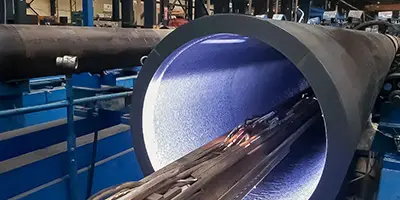



 Phone :
Phone :  Whatsapp :
Whatsapp :  Email :
Email : 


